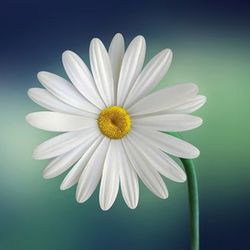Academics and Education
Fitness
Knowledge Sharing
Food Additives, Types And Tests
A substance or mixture of substance other than foodstuff present in food for any aspect of production, processing, storage or packaging.
Additives are used to improve the quality of food, these additives are used to increase the shelf life of the food, to improve the nutritive value of the food, to enhance its appeal to the consumer.
There are two types of additives:-
- Intentional food additives:- These are additives that are added intentionally to make food appealing and deliberately change on food products, these are added purposefully, eg food colours, salt, sugar, flavours, iodine added to salt etc.
- Incidental food additives:- These are additives that accidentally added to food products eg pesticides, insecticides etc.
SOME SIMPLE TESTS FOR DETECTING FOOD ADULTERATION
- Asafoetida:- Adulterant is resin or gum it can be detected by pure asafoetida dissolves in water to form a milk-white solution. Second, you can check with pure asafoetida burns with a bright flame on being ignited.
- Cardamom:- adulterant is the oil is removed and pods are coated with talcum powder it can be detected by on rubbing, talcum will stick to the fingers. On testing, if there is hardly any aromatic flavour, it indicates the removal of essential oil.
- Turmeric (Haldi):- Adulterant is metanil yellow colouring and it can be detected by when concentrated hydrochloric acid is added to a solution of turmeric powder, it turns magenta if metanil yellow is present.
- Chilli powder:- Adulterant is sawdust or brick powder and colour and it can be detected by sprinkle on the surface of the water sawdust float. Added colour will make the water coloured.
- Coffee:- Adulterant is chicory and it can be detected by shaking a small portion in cold water, coffee will float while chicory will sink, staining the water brownish.
- Coriander powder:- Adulterant is horse dung powder and it will be detected by a soak in water, dung will also float which can be easily detected.
- Ghee:- Adulterant is vanaspati and it will be detected by dissolve one teaspoon of sugar in 10ccs of hydrochloric acid and 10 ccs of melted ghee and shake thoroughly for one minute. Allow it to stand for 10 minutes if vanaspati has been added, the aqueous layer will be red in colour.
- Jaggery:- Adulterant is metanil yellow and it can be detected by hydrochloric acid added to jaggery solution will turn its colour to magenta.
Choose your food product wisely.












